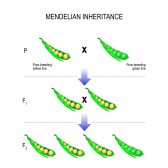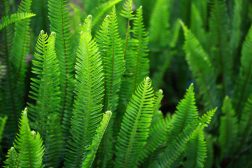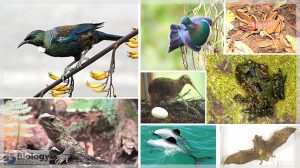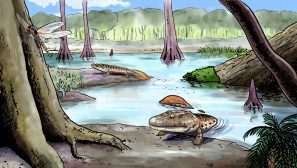(chemistry) p(otential of) H(ydrogen); the logarithm of the reciprocal of hydrogen-ion concentration in gram atoms per liter; provides a measure on a scale from 0 to 14 of the acidity or alkalinity of a solution (where 7 is neutral and greater than 7 is acidic and less than 7 is basic).
You will also like...

Inheritance and Probability
Gregor Mendel, an Austrian monk, is most famous in this field for his study of the phenotype of pea plants, including the shape of the peas on the pea plants. Know the works of Mendel that set the foundation of genetics. ..

Vascular Plants: Ferns and Relatives
Ferns and their relatives are vascular plants, meaning they have xylem and phloem tissues. Because of the presence of vascular tissue, the leaves of ferns and their relatives are better organized than the mosses and liverworts. ..

New Zealand’s Unique Fauna
Meet some of New Zealand's unique fauna, including endemic insects, frogs, reptiles, birds, and mammals, and investigate why many have such distinctive features. You'll also find out about why there are so few native mammals and the impact of introduced pests on the unique natural ecosystems...

Amphibians & Early Reptiles
Obtaining air outside an aquatic environment required species to acquire suitable adaptations, and this was the case of amphibians. However, they were limited by their inability to inhabit drylands. Apparently, the early reptiles were able to do so. To learn more about the evolution of amphibians and reptiles, read this tutorial...

Chemical Composition of the Body
The body is comprised of different elements with hydrogen, oxygen, carbon, and nitrogen as the major four. This tutorial will help you understand the chemical composition of the body. This will come in handy when considering the various interactions between cells and structures. ..

